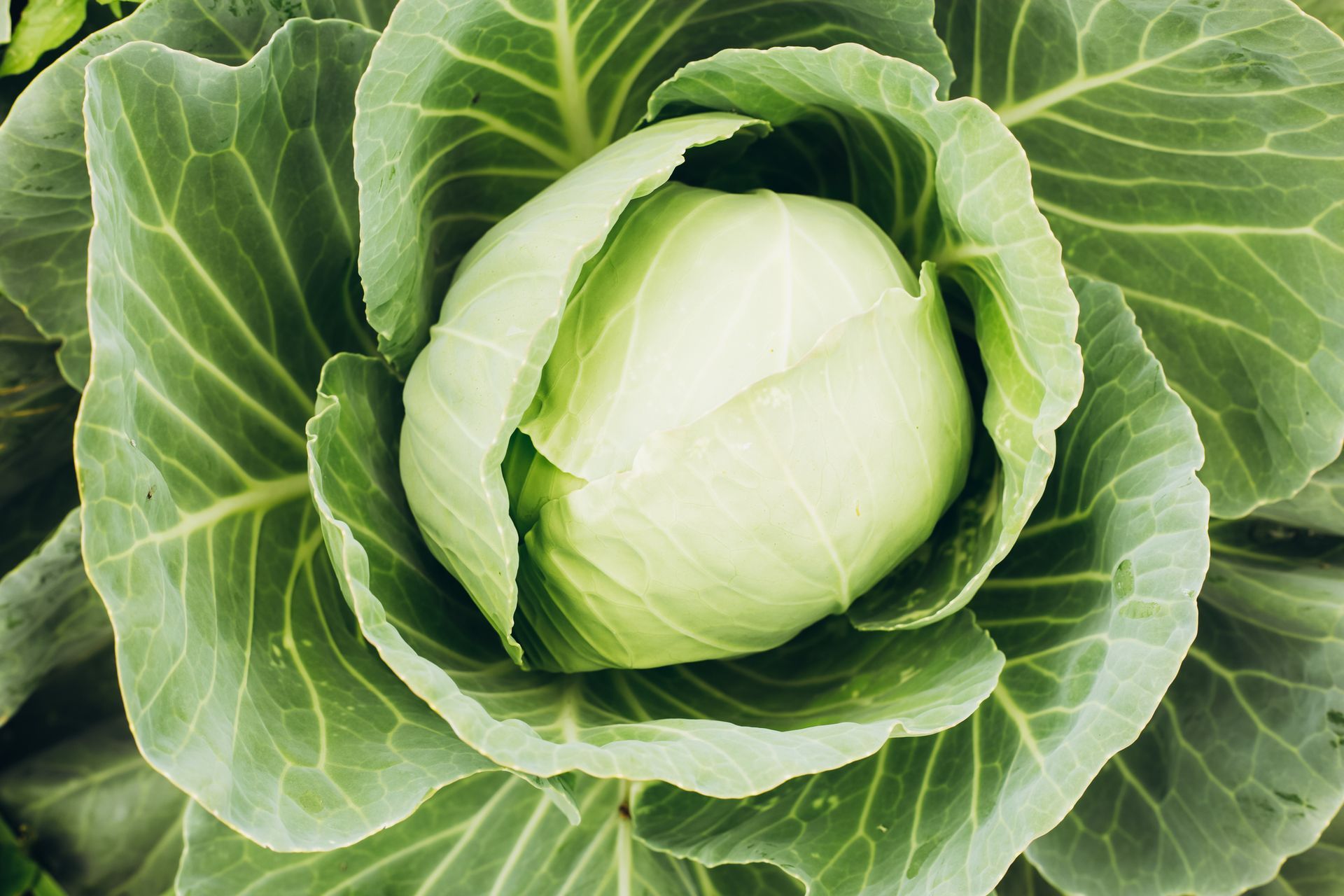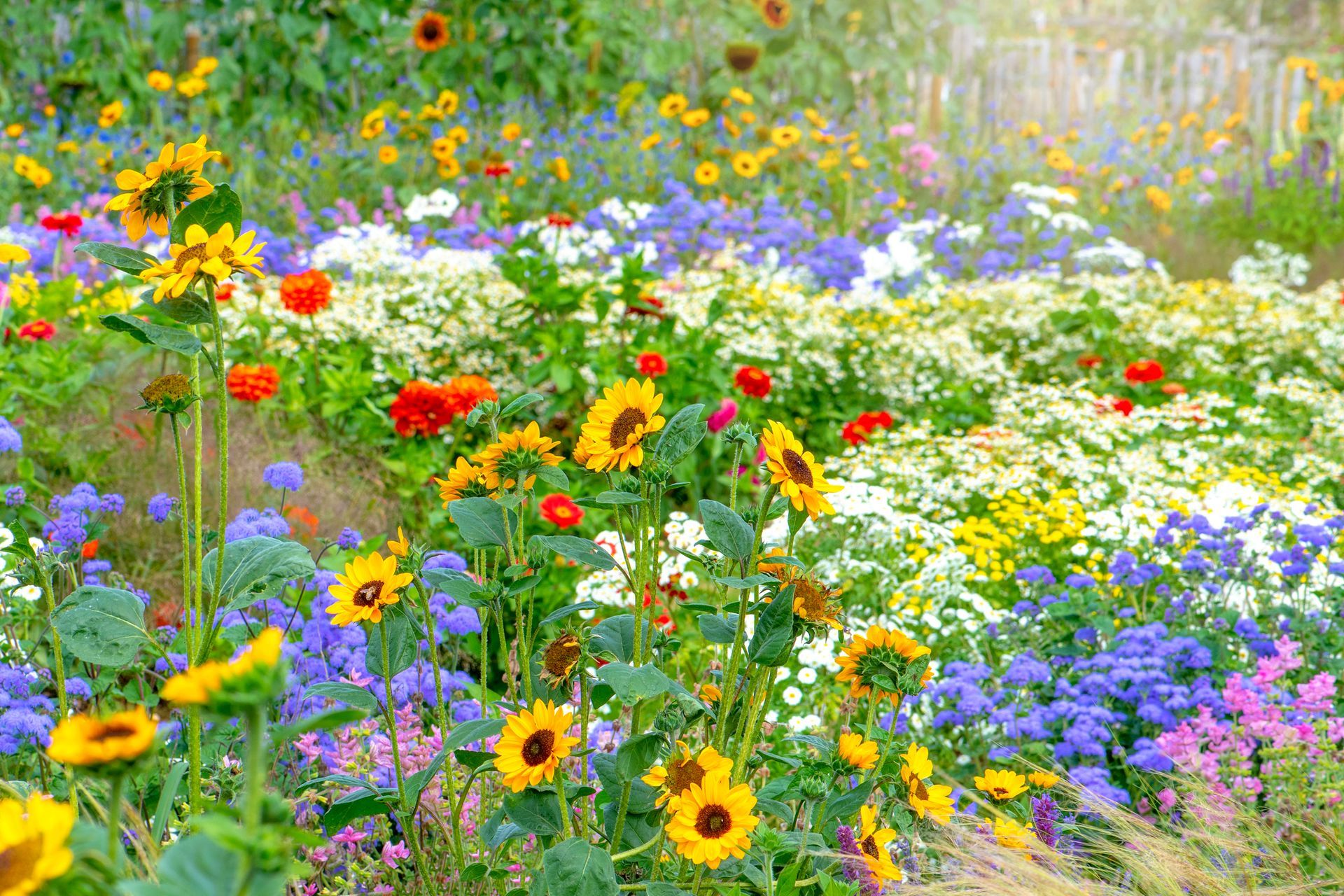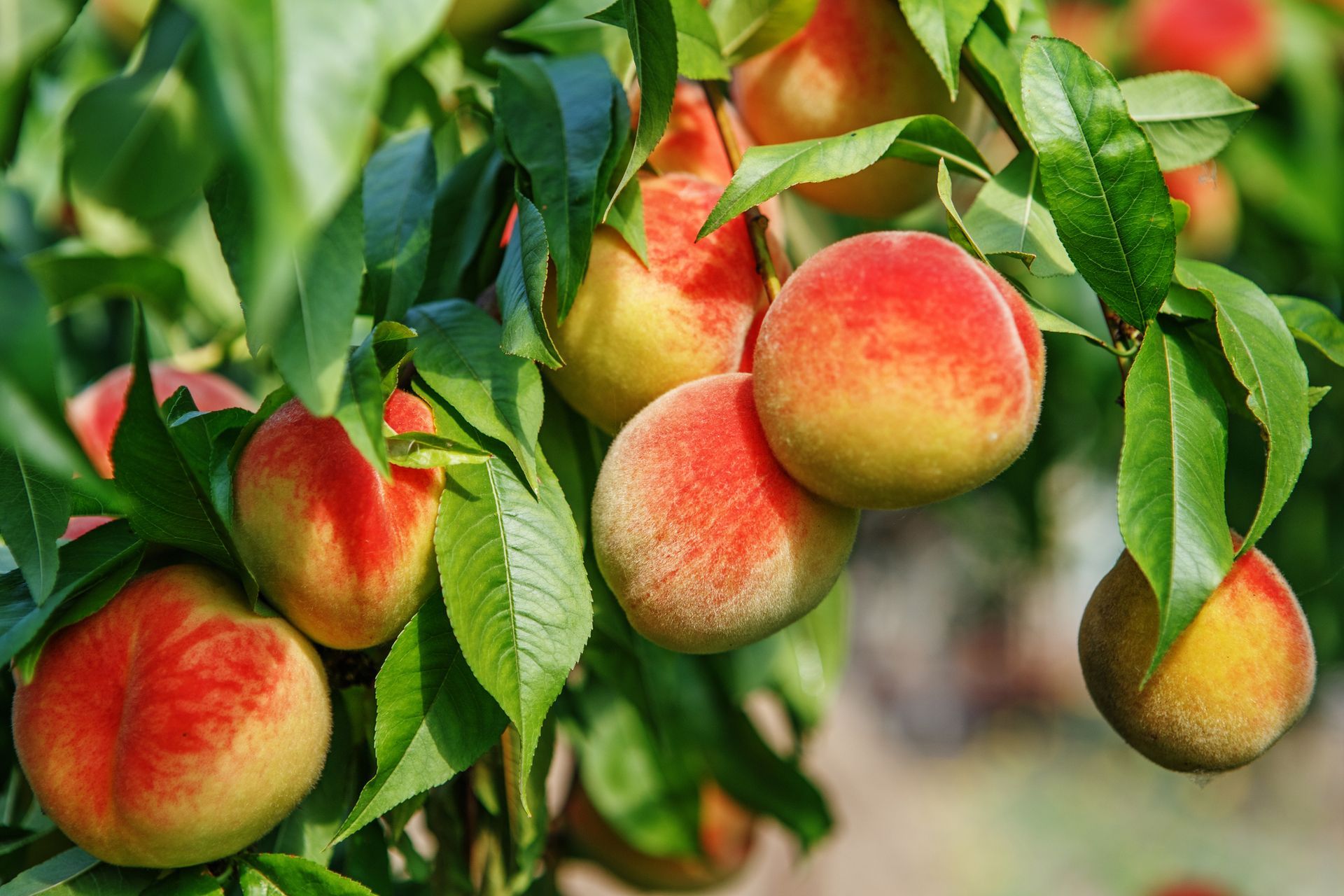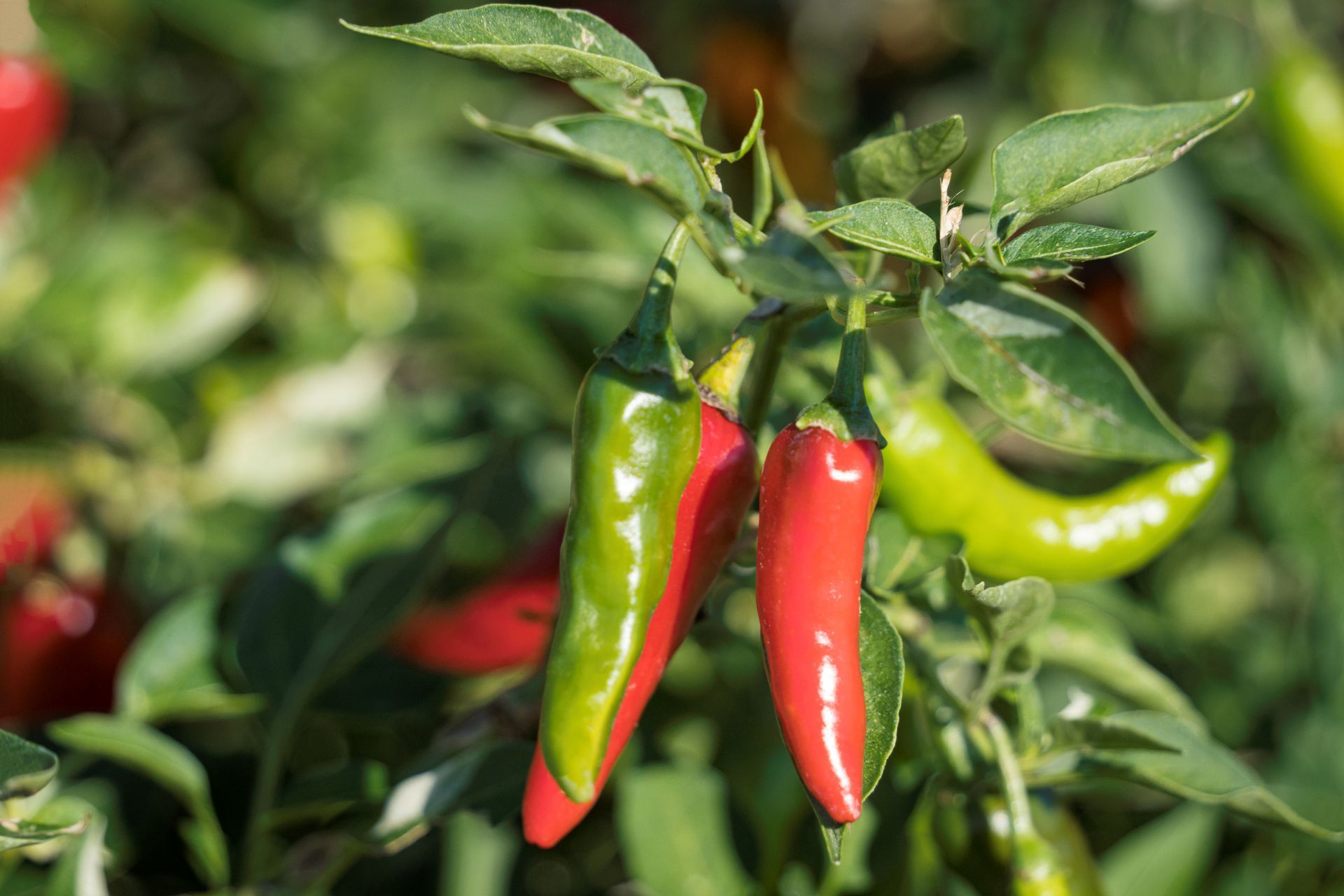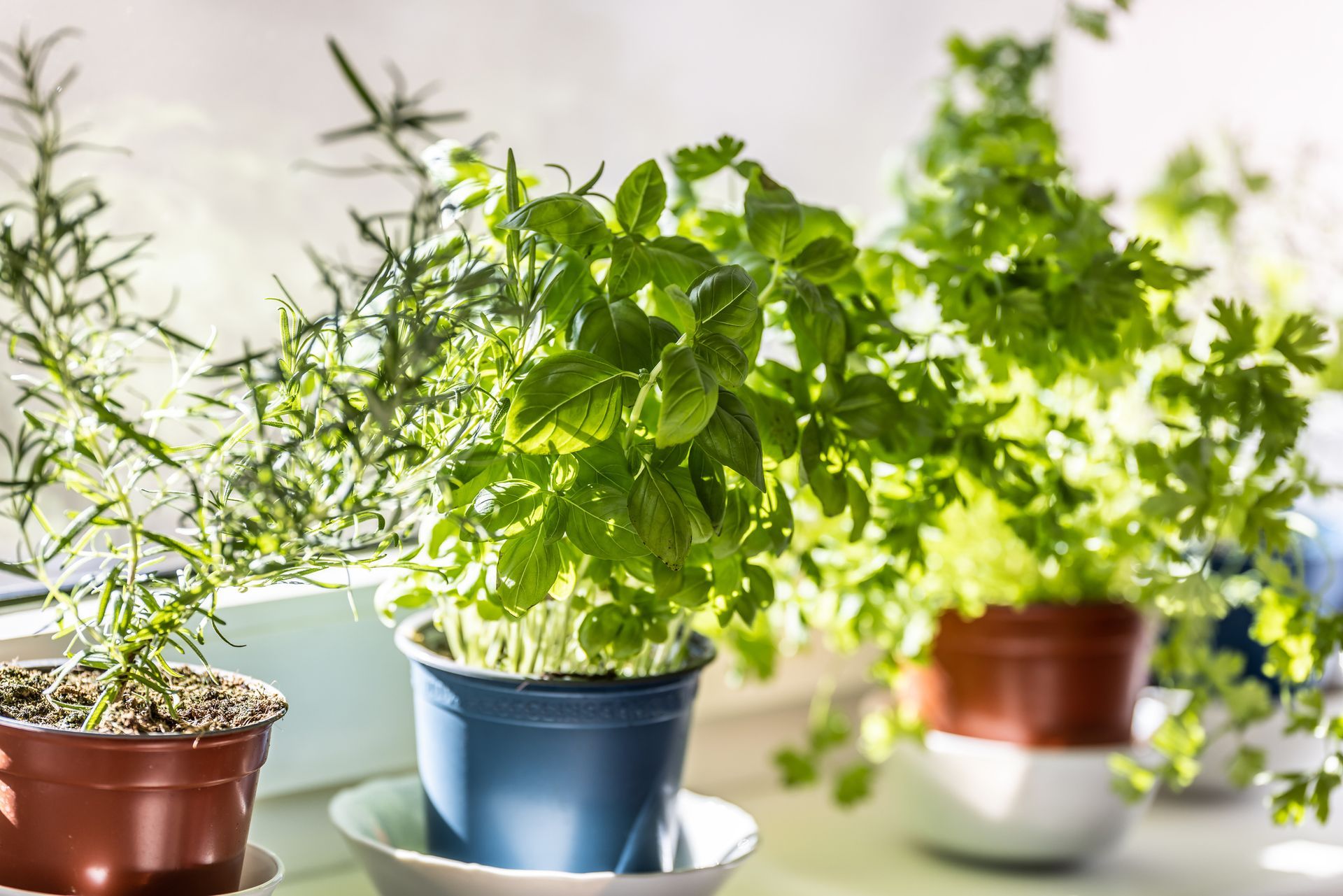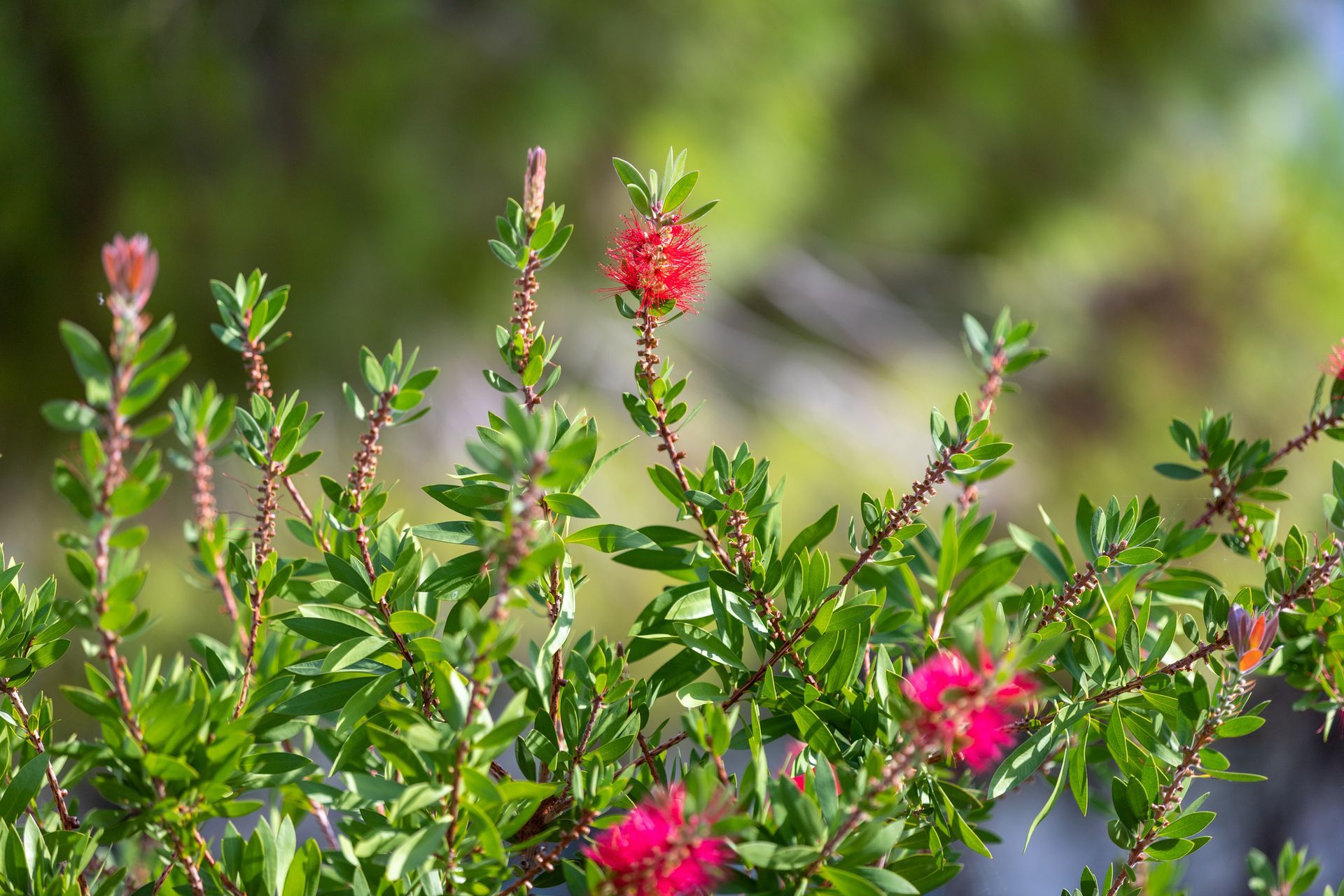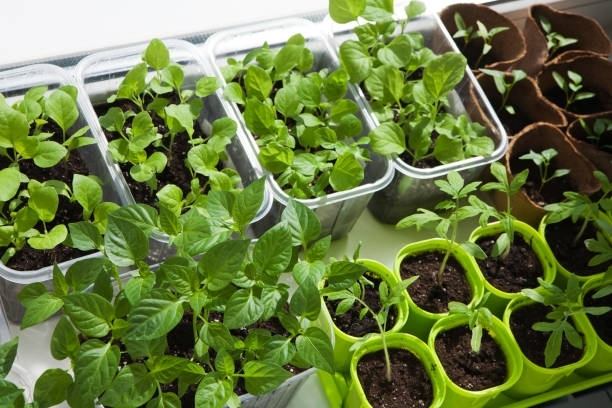Growing Great Tomatoes
It’s Tomato Time
Tassie weather can be challenging at the best of time’s and there’s few key things to consider when growing tomato plants in Tasmania.
Location: Choose a warm, sunny spot with great air circulation and some protection from the wind.
Preparation: Add plenty of manure and compost to your soil or use a premium potting mix if growing in containers
Selection: Choose a couple of different varieties to give you fruit early, mid and late season. Select sturdy compact plants.
Planting: Remove the lower leaves of your seedling and plant deeply. Use a good layer of mulch around the plant to retain moisture. Most tomatoes need a stake or cage to support them and it is best to do this at planting time. Water well.
Maintenance: Tomatoes need regular, deep watering and a good feeding regime. We recommend using Potash when they are about to set fruit and a regular application of tomato dust to keep fungal diseases and pests at bay.
All of the staff at Stoneman’s are passionate about growing tomatoes.
We have them in big vegie patches, small garden beds, pots and even polystyrene boxes.
Here are some of our team's top tips for growing a successful crop and favourite varieties.
I always grow my tomatoes in big plastic pots & use multiple stakes to keep the fruit supported. I like to use a water saver to stop the plants from drying out on hot summer days. My favourite variety is the Truss Plum, a large cherry tomato which produces masses of truss tomatoes up until late April.
Susan
My favourite tomato is Rouge de Marmande. They are scrappy plants but produce the best tasting fruit of the lot.
Bruno
I grow 2 – 4 tomato plants each year in pots. I like Sweet bite cherry tomato and Rouge de Marmande is another favourite. I must get into some other heirloom varieties though.
Ian
